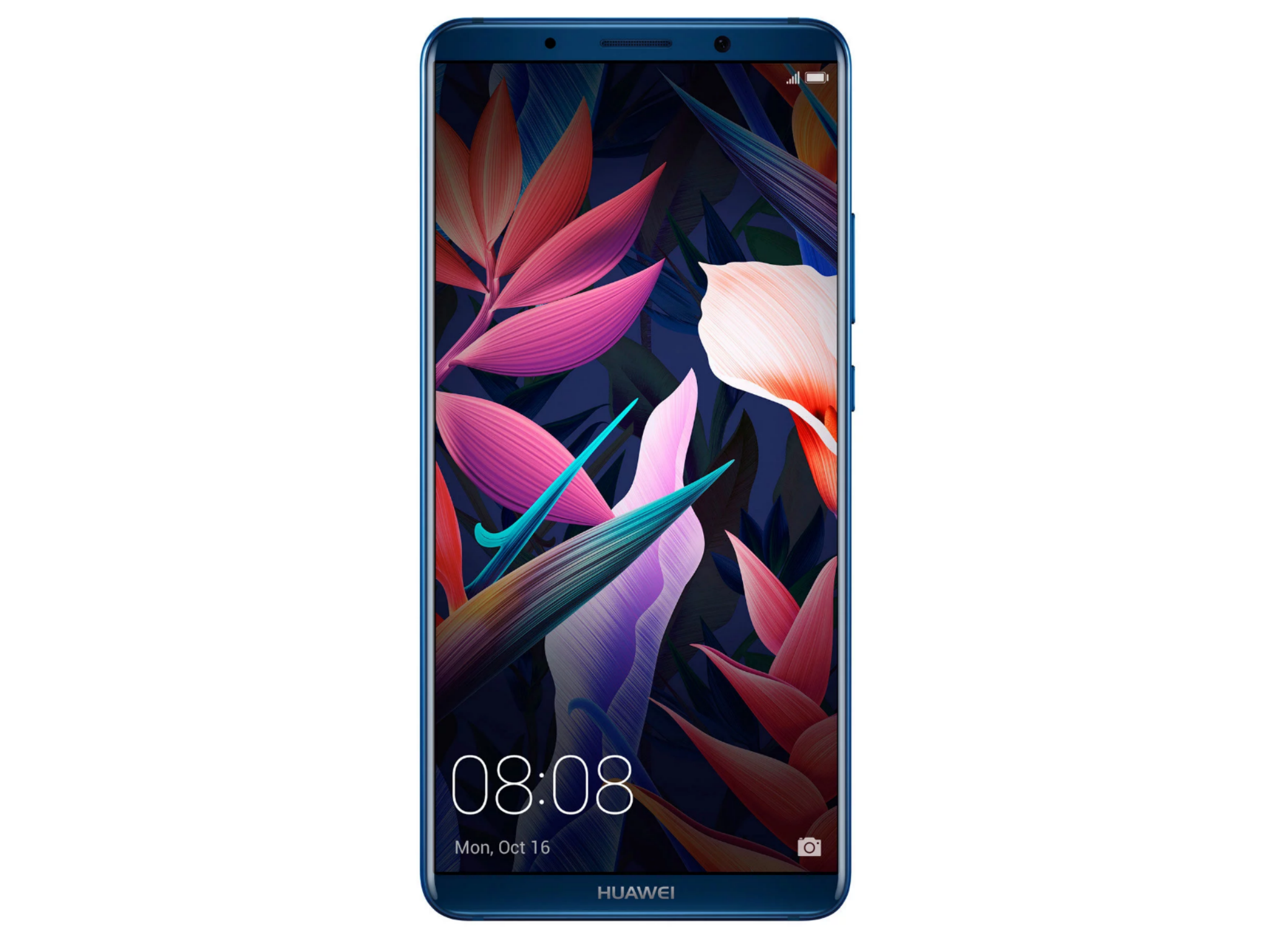Huawei Mate 10 hands-on review: An artificially intelligent phone designed to think like a human
A powerful handset with lofty ambitions

Chinese powerhouse Huawei makes smartphones, smartwatches and the hardware that powers mobile phone networks around the world.
Today, in Munich, the company revealed its latest high-end mobile, the Mate 10.
Get past the branding, both of the company’s name which can sound like you’ve sneezed (Hwah-way!), and the idea that the phone in your pocket can be considered your mate, and you find a capable, glossy handset from a manufacturer reaching its greatest level of confidence.
Google Assistant tips and tricks
Show all 7Like Google, which recently announced its Pixel 2 handset, Huawei is betting the farm on artificial intelligence (AI) with a powerful processor, called the Kirin 970. It boasts eight cores and a neural processing unit (NPU).
Richard Yu, CEO of the company’s Consumer Business Group, told me how strongly he feels about the company’s future. “Maybe I’m not so humble, but we can definitely be the best.”
But, I said, there are some countries, most notably the States, which are cautious about letting Huawei in. Senior US lawmakers view Huawei as not trustworthy enough to supply network infrastructure, as potentially a part of the Chinese government, though Huawei is quick to deny this. So far, it’s meant that US networks have resisted carrying Huawei phones. Does Mr Yu worry about that?
“Actually, we could be number one without cracking the US market. But the thing is, the people in the USA deserve better phones! Our aim is to be the best or nothing. So, we should be the best.”
So, the Mate 10 is pretty powerful, then? “Our processor is much stronger than the A11 Bionic which Apple has just released in its latest iPhones. We have more than double the performance power,” Yu claims.
The idea of the NPU is that it should be the new brain of the smartphone, enabling it to think more like a human being – a lofty aim indeed.
Yu again: “Our dream is that the smartphone camera will replace the DSLR because it’s not bulky like a professional camera. That’s why we put the AI processor in our phone. With the AI processor we can do more and more things. It means your phone’s camera can be like your eyes, recognising objects and understanding them. The NPU has higher efficiency.”
What does that really mean, in practical terms? Well, there’s the promise of sharper, better night photography as the AI uses motion detection to reduce blur. The object recognition means that there are 14 types of scenes and objects that the processor can recognise. These include food, for instance, and dogs. Cat lovers will be glad to know their favoured species has its own special algorithms, too.
Huawei has also built in its Born Fast, Stay Fast technology from this year’s P10 phone, designed to keep the phone running at or close to its day one performance eighteen months down the line.
And the AI is also used to manage power, spotting your habitual usage of the phone to save energy automatically, if needed, later on. If it notices that you routinely plug in your phone at 10pm, it will assume that that’s when it needs to make the battery last until.
Anyway, what about the handset?
Well, there are three of them: Mate 10, Mate 10 Pro and a special Porsche Design edition.
All are smooth, slick mobiles with big, bright displays that feel great in the hand. The subtly enhanced styling of the Porsche Design model is especially successful, though all look great.
A wide stripe in a subtly contrasting colour surrounding the cameras on the phone’s glass back add a distinctive look that works well.
The regular Mate 10 has a 5.9-inch display in a 16:9 screen ratio, capable of displaying HDR video.
There are twin rear cameras which sit flush with the phone’s back and follow Huawei’s previous technique of matching a monochrome sensor (20 megapixels) with a 12-megapixel sensor that captures colour. Both are co-engineered with Leica.
There’s a fingerprint sensor below the cameras on the back of the phone which is noticeably lower in the hope that you won’t smudge the lenses when you’re looking for it.
The Pro version is water-resistant, too and has a slightly larger display (6 inches) that covers almost the entire front of the phone with a longer, thinner screen ratio of 18:9.
Both phones have big, powerful batteries which last well and charge fast (from zero to 20 per cent in 10 minutes) and are even certified as safe when they charge so quickly.
The phones are out soon – Mate 10 later this month, others to follow in November – and will be ranged as premium handsets, though likely less than the Note 8 or iPhone 8 sticker prices.
Subscribe to Independent Premium to bookmark this article
Want to bookmark your favourite articles and stories to read or reference later? Start your Independent Premium subscription today.

Join our commenting forum
Join thought-provoking conversations, follow other Independent readers and see their replies